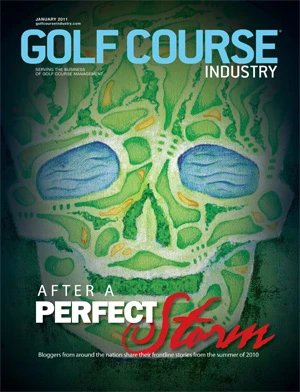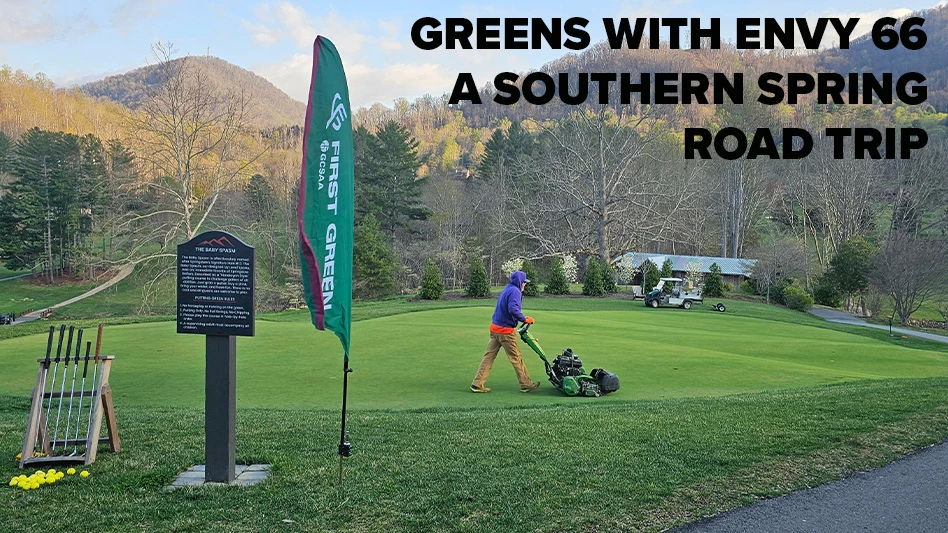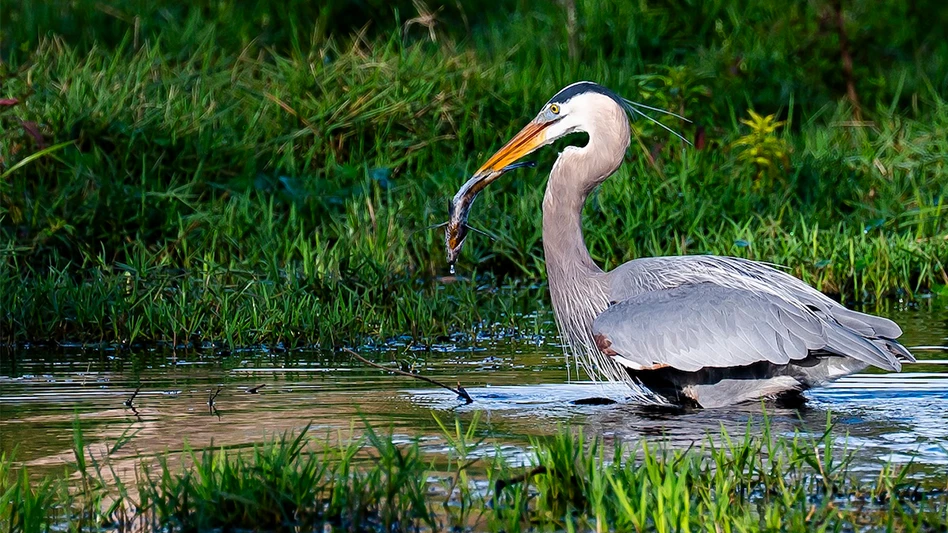What “Summer from Hell”? The season that included more than 33 days of temperatures breaking 90 degrees, consistently extreme levels of humidity, intense downpours or contrasting drought? How did we keep predominately Poa Annua, push up style greens alive with a reduced operational budget which included a labor budget that equaled our actual from the year 2000? Smoke and mirrors baby!
In my honest review of this season’s success, under the most trying of circumstances, we did it by paying attention to the fundamentals. We focused on planning, prioritizing, experience, solid agronomics, adaptability, execution and communication.
I went into the season with a good plan. The key to the plan was managing budget reductions while still maintaining course conditions at a high level. I focused on what I thought course conditions should be and compared it to member expectations. I found that some conditions I considered noticeably sub-par were not as apparent to our members. I reduced expenses in their “non-priority” areas and channeled the funding into the higher priorities.
The veteran maintenance staff was an integral component to the plan. My assistants are proficient at pest scouting. My top five employees are proficient on wilt patrol. Every single staff member knows and is required to pay attention. If it doesn’t look right, say something! This management style afforded us the flexibility to adapt to everything that was thrown at us all year. In addition, we kept the bodies fresh with rotating vacation time. We always had staff coverage and overtime was almost nonexistent. I couldn’t be more proud of them. They were the preverbal glue.
2010 started with a good agronomic foundation. We had aerified aggressively in the fall of 2009. Half inch tines on the Pro-Core and three quarter inch tines on the Verti-Drain. The members were not thrilled with putting conditions in late 2009, but I think it really made a difference. Ground conditions were firm in March, 2010 and I was able to aerify early with quarter inch tines.
The triplex mowers were set at .115 inches, with Wiehle rollers, for the entire season and we skipped the cleanup passes three times per week. We rolled the greens three to four times per week on average. Mowing and rolling frequency was dictated primarily by the golf schedule. We pushed it too. When we had gaps in the schedule we reduced mowing and rolling and performed needle-tining and hydrojecting. These practices helped to offset the severe environmental and mechanical induced stresses.
Our fungicide program went seven percent over budget. I was pleased with that considering the duration of the intense disease pressure. The constant rotation of chemistry classes and preventative treatments were successful.
Ahhh, irrigation! We had one employee scouting for wilt almost every day, from eleven to five, for nearly four months. If he got overwhelmed, we immediately pulled people off other jobs, regardless of their importance. Our primary focus was hand syringing instead of automatic irrigation. Hand watering and vigilant scouting was everything! The extensive use of a variety of wetting agents applied by injection, sprayer and proportioner aided tremendously.
Finally, and I can’t stress this enough, communication with the membership was huge. Whether I used my new blog (best tool ever!), mass emails, personal contact, or planes flying overhead toting banners, our members knew everything that was going on every step of the way!
We truly did have some of the best playing conditions in one of the worst weather years in my 20 years as superintendent at The Farms CC. We lost some grass but it was very minimal. Heck, that happens every year and that’s why they sell white paint. If turf dies, and it will, no matter how good you are, know how to fix it and communicate that too.
How did we get through the Summer from Hell? We just did what we do. GCI
Paul Sabino, superintendent, The Farms Country Club, Wallingford, Conn., http://farmsccsuperintendent.blogspot.com/
Sabino is also a part-time blogger for CTGolfer.com: www.ctgolfer.com/blogs/paul_sabino/

Explore the January 2011 Issue
Check out more from this issue and find your next story to read.
Latest from Golf Course Industry
- From the publisher’s pen: Technology diffusion and turf
- Applications open for 2025 Syngenta Business Institute
- Smart Greens Episode 1: Welcome to the digital agronomy era
- PBI-Gordon promotes Jeff Marvin
- USGA investing $1 million into Western Pennsylvania public golf
- KemperSports taps new strategy EVP
- Audubon International marks Earth Day in growth mode
- Editor’s notebook: Do your part





